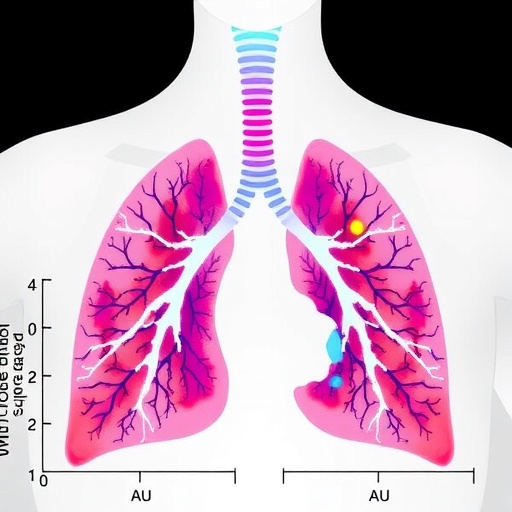Squamous cell carcinomas (SCCs) are aggressive malignancies arising from squamous epithelium of various organs, such as esophagus, head and neck, lung and skin. Previous studies demonstrated that two master transcription factors, TP63 and SOX2, effect genomic activation in SCCs. Now, researchers from the Cancer Science Institute of Singapore (CSI Singapore) at the National University of Singapore have taken a step further and identified a SCC-specific protein complex activated by TP63 and SOX2 which triggers a gene cascade that promotes SCC growth.
The findings of the study were published in the prestigious scientific journal Nature Communications in September 2018.
Despite major advancements in cancer research, scientists do not completely understand the development and growth of SCCs, and no effective targeted treatment has been developed for the disease. Researchers at CSI Singapore have therefore embarked on the study in collaboration with the Cedars-Sinai Medical Centre at Los Angeles, USA, to deepen the understanding of SCC biology.
To further investigate the roles of TP63 and SOX2 in SCCs, the team carried out epigenomic profiling of 4 different types of SCCs. Their analysis revealed that TP63 and SOX2 cooperatively and lineage-specifically regulate the expression of CCAT1, a long non-coding RNA which is associated with multiple cancers including SCCs, through activation of its super-enhancers and promoter. CCAT1 forms a protein complex with TP63 and SOX2 which then binds to the super-enhancers of EGFR to further activate two signaling pathways that ultimately trigger SCC progression.
This sequence of molecular interactions driven by TP63 and SOX2 that the team uncovered opens up an array of avenues in which SCC progression can be interfered. "By elucidating the roles of TP63 and SOX2, we not only have identified possible cancer targets but also shed light on the related pathways which will act on SCCs. Collectively, the new knowledge will help pave the way for innovative SCC therapies to be developed," said Professor H Phillip Koeffler, Senior Principal Investigator at CSI Singapore and lead researcher for this study.
Moving forward, the research team will look into more advanced mechanisms of the master transcription factors, TP63 and SOX2, on SCCs development. Using mathematical modelling, the research team will look into the interconnected transcriptional circuit formed by these master transcription factors, as well as their interactions with other super-enhancers. This may provide new clues that can contribute to the development of novel and effective therapeutic modality for SCCs.
###
Media Contact
Tan Yun Yun
[email protected]
65-651-62308
@NUSingapore
http://www.nus.edu.sg/
http://news.nus.edu.sg/press-releases/TP63-SOX2-role-SCC
Related Journal Article
http://dx.doi.org/10.1038/s41467-018-06081-9




